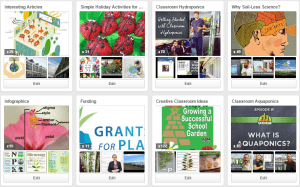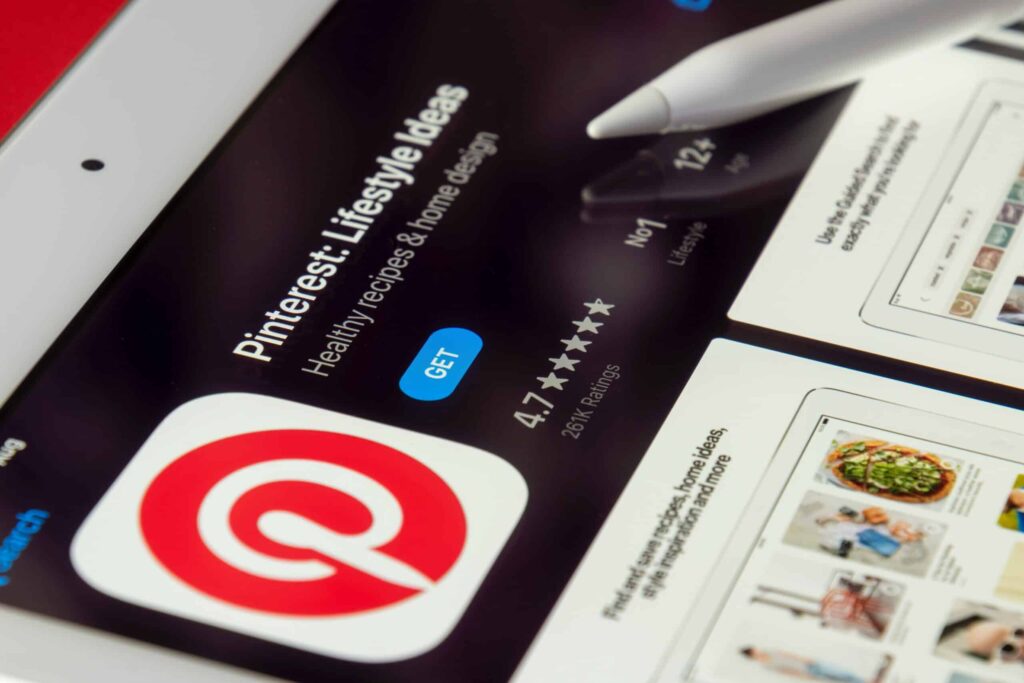Education is a difficult task that is growing more complicated and less appreciated.
Educators have a big challenge in front of them. They are becoming subject to an increasing number of standards that require change on two fronts: what is taught in the classroom and how it is taught. Not only this, but educators are often deeply invested in the personal development of their students and task themselves with finding ways to encourage students to act and think as individuals.
To add to the pile of challenges that already face them, educators often operate on a small budget. Almost all of you will agree that you have a very small budget to work with. In fact, most educators end up spending their personal funds on teaching resources because their schools budget simply does not allow for these purchases.
Teachers in the United States have spent an average of $513 out-of-pocket on classroom supplies, instructional materials, books for their classrooms, and professional development. –Forbes 2013

When you’re spending money (especially when it is your own), you want to make sure you are getting the most bang for your buck.
One way that educators can keep up with both standards and personal teaching goals on a small budget and a busy schedule is to find convenient, cheap, and valuable resources to use. Fortunately, this is one area that mirrors standards in its growth. New technology gives amazing opportunities to educators to teach in effective and lasting ways.
One area where new concepts and technology is being adopted is classroom gardening, especially alternative gardening techniques like vertical and hydroponic/aquaponic gardening (i.e. growing without soil).
 One after another, teachers are proving classroom gardening with ZipGrow to be a viable option for teaching innovation, encouraging positive change, developing students as individuals, and bringing excitement back to the classroom, all while adhering to new standards like Common Core and focuses like STEM. (Take a minute to admire them for that. I mean…dang!)
One after another, teachers are proving classroom gardening with ZipGrow to be a viable option for teaching innovation, encouraging positive change, developing students as individuals, and bringing excitement back to the classroom, all while adhering to new standards like Common Core and focuses like STEM. (Take a minute to admire them for that. I mean…dang!)
But although the resources are plentiful, they can be tricky to find. As vertical and hydroponic or aquaponic gardening is only a newly popular concept in the educational world, it is hard for teachers to find many traditional resources on the subject. New resources are most likely to be found and accessed on new platforms- like Pinterest.
Today, I will tell you why every teacher should be on Pinterest, and how it can help you make the most of your time and budget.
But why Pinterest?
Because it’s practical. It:
1) Saves money. Pinterest brings you in contact with resources that are either free or super affordable.
2) Saves time. No more wading through clouds of data spread out over posts and downloads all over the web. With Pinterest, resources are easy to find, skim, and collect.
3) Allows you to save ideas and digest resources at your own pace. You can collect resources for later and browse through the collections of others. No more searching through stacks of books, or paging through endless piles of papers.
Greatest of all, Pinterest inspires and equips you with new ideas and activities.
Thousands of educators are active on Pinterest, including many who are using classroom gardening just like you.
One quick search on Pinterest for hydroponics education or classroom garden, for example, quickly leads to an endless scroll of helpful pins on everything from worksheets, curriculum planners, and checklists, to fun activities like hand-ons applications for classroom gardening, hydroponic crafts, even lesson plans and worksheets.
Among those are pins from Bright Agrotechs Soil-less Science Educators, all providing educators like you with the means to teach soil-less science in conjunction with these new and tricky standards and requirements.
When you access new resources like these on platforms like Pinterest, it enables you to more thoroughly understand the new educational expectations and therefore teach these concepts better, and with more enthusiasm and confidence.
An opportunity for collaboration and community development
Pinterest gives you more than the ability to just stockpile teaching resources for later use. It also gives you an opportunity for collaboration and community development with other educators.
Pinterest provides the option for collaborative boards, in which multiple people can pin items to the same board. In addition, it allows pinners to communicate in messages, comment, and send pins to each other. All of these actions make it possible for educators to connect and share ideas.
The Soil-less Science Educators have a variety of boards to help you with every aspect of using your soil-less science ZipGrow system in school. Our ever-expanding compilation of pins is made up of a wide selection of useful resources from Bright Agrotech and others across the web.
P interest is the ultimate solution for educators looking to spice up their teaching methods, while developing a sense of collaboration and community with teachers all around them.
interest is the ultimate solution for educators looking to spice up their teaching methods, while developing a sense of collaboration and community with teachers all around them.
Follow the Soil-less Science Educators on Pinterest to build a growing collection of ideas on how to use soil-less science in the classroom. Message us to let us know you are an educator using our stuff, or to find out how get involved with a collaborative board today!







